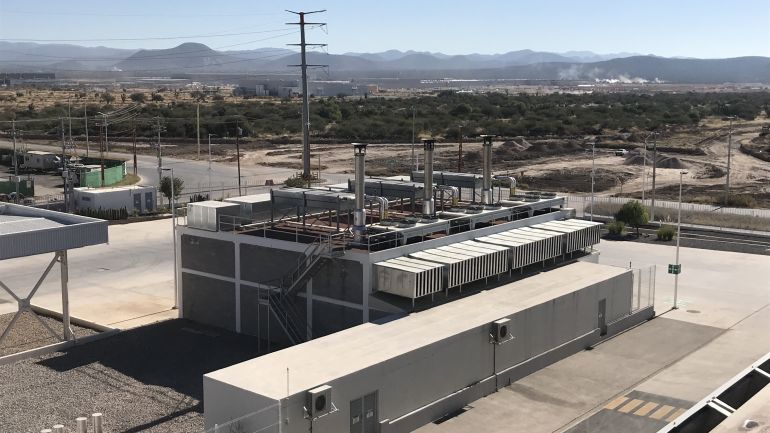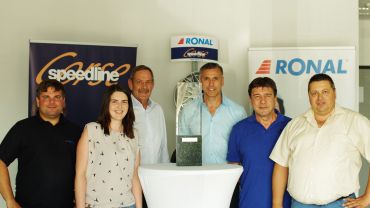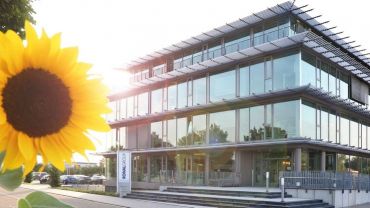What is a cogeneration unit?
In a cogeneration unit, the primary energy source (natural gas, for example) is burnt in a combustion engine. This powers a generator to produce electricity. At the same time, the waste heat this generates in the form of exhaust gas and thermal discharge from the engine is utilized for heating, cooling and processing applications by means of a heating circuit/heat exchanger.
Facts and figures for our cogeneration units in Mexico
- Electrical output: 1900 kW per plant
- Electrical efficiency: approximately 44.5%
- Thermal output: 1800 kW per unit
- Thermal efficiency: approximately 43%
- Losses = 100% – 44.5% – 43.0% = approximately 12.5%
Why do we use cogeneration units?
Compared to a conventional power plant, cogeneration units allow the primary energy source to be better exploited because as much of the heat generated is used as possible, in addition to the production of electricity. This is not always the case in a large central electricity generating facility, as waste heat is vented to the environment because there are no suitable consumers for it. Using cogeneration units therefore helps to avoid CO2 emissions and is in line with our integrated sustainability concept PLANBLUE.



